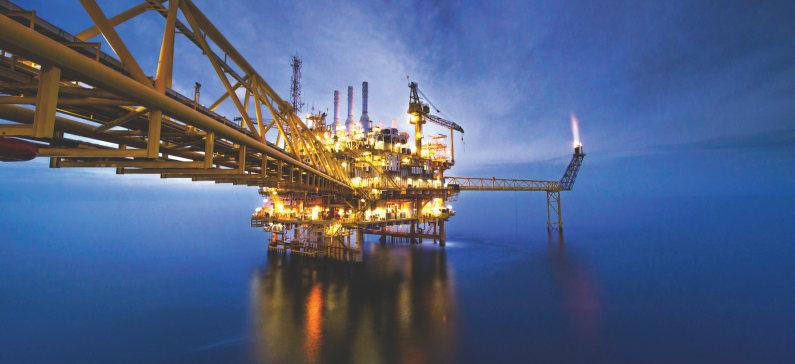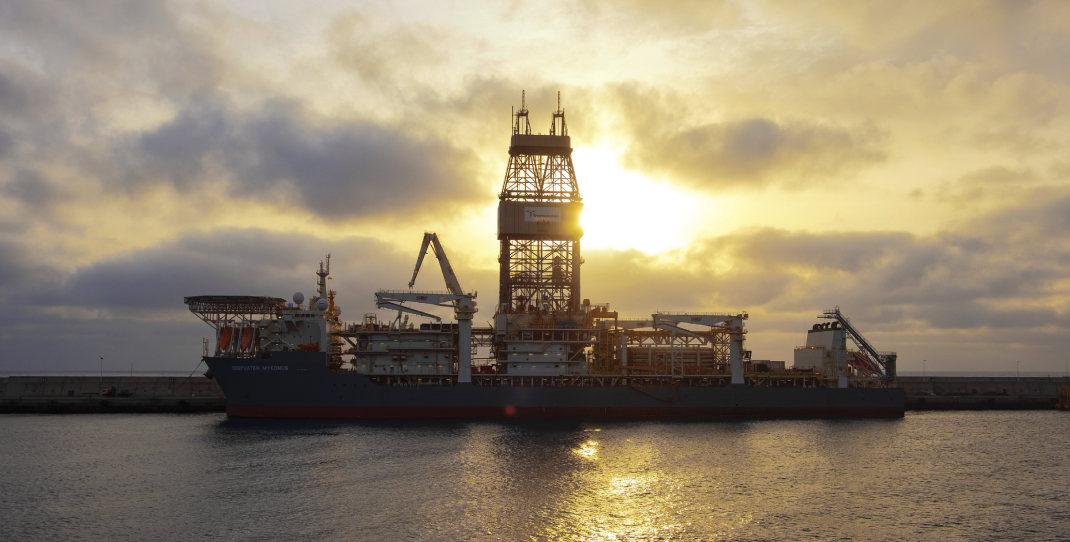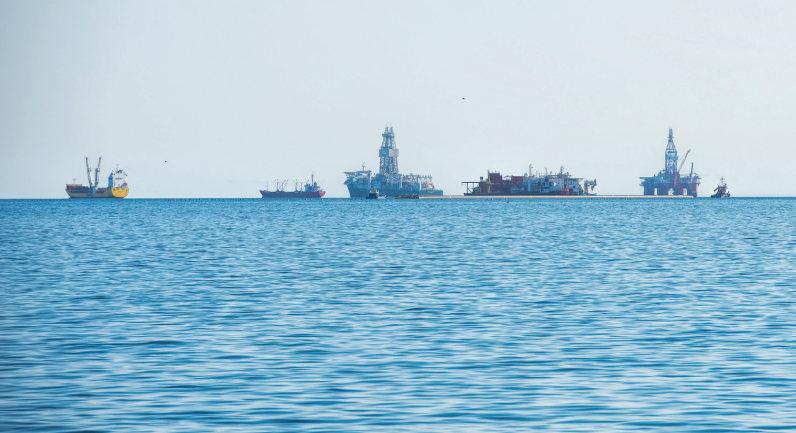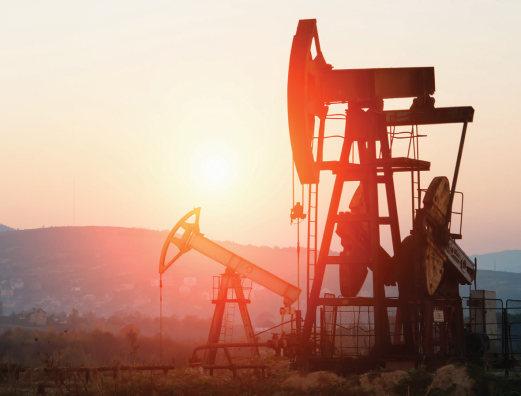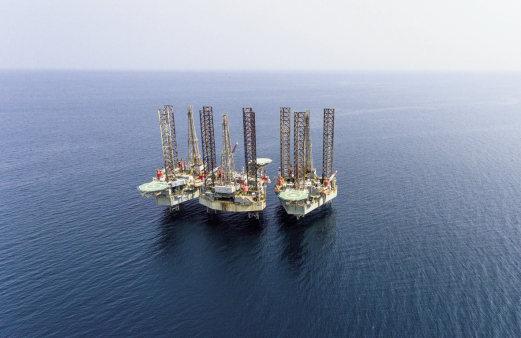S05 ORA 5 2020 Certification_ORA Master Template - 2016 New 15/10/2020 09:01 Page 19
ISSUE 5 2020 • WWW.OILREVIEWAFRICA.COM
ARTI FICIAL LI FT
SMARTER LIFTING TO INCREASE FLOW
OUT OF THE WELL Digital control and monitoring has accelerated the need to have ‘intelligent’ artificial lift to further raise performance. Therefore, reinventing artificial lift for a new era in the oil and gas industry is very much needed. Martin Clark reports. S AFRICA’S OIL industry has matured, so too has the quest for new solutions to improve production out of older fields and wells. There is mounting interest in artificial lift systems that have proved their mettle in other production centres around the world, from the Middle East to the Gulf of Mexico. Heavyweight industry players in this segment include the likes of Schlumberger, Weatherford and Baker Hughes, all of which continue to innovate to improve well reliability and performance and help bring down upstream lifecycle costs. That’s no more important than today, in an era of subdued pricing and an unsettled outlook for the global oil and gas industry generally. The advanced artificial lifting solutions are all set to bridging the gap between well conditions and the production requirements with software and services that optimise artificial lift based on the operators’ specific well and reservoir information, thus ultimately boosting the production. Advancements in the sector include electric submersible pumps (ESPs), progressing cavity pumps (PCPs), horizontal surface pumps, sucker rod pumps, gas lift, power systems and cables and many others. Typically, artificial lift has
A
meant the use of a mechanical device inside a well, such as an electrical submersible pumping (ESP), or velocity string, or by injecting gas into a well. The aim is to increase the flow out of the well, which is especially significant in more mature fields as production begins to wane. New technologies are also being rolled out, such as the continuous belt transportation method, which uses an oilabsorbing belt to extract liquids from more marginal wells, again, another important trend within Africa. The use of real-time data is also integral to the performance efficiency of modern-day artificial lift solutions. Digital control and monitoring has fuelled the emergence of ‘intelligent’ artificial lift to provide operators with a range of data to further raise performance. Increasingly, these solutions are also being embedded into new production sites as well, as operators chase after marginal gains in an era of tough economics. In Ghana, one of West Africa’s newest producers, Aker Energy is integrating artificial lift into its broad array of subsea systems for the development of the US$4.4bn Pecan field. The scheme is centred around a floating production storage and offloading (FPSO) vessel and a
subsea production system that will comprise up to 26 wells. This will include 14 advanced, horizontal oil producers and 12 injectors with alternating water and gas injection, and the use of multiphase pumps as artificial lift, to maximise oil production.
The 110,000 bpd Pecan field, located in ultra-deep waters around 115km offshore, will become Ghana’s fourth producing oil field and marks the next phase of development for the prolific offshore Deepwater Tano / Cape Three Points block.
19


